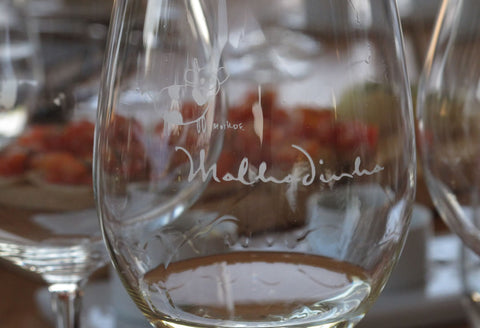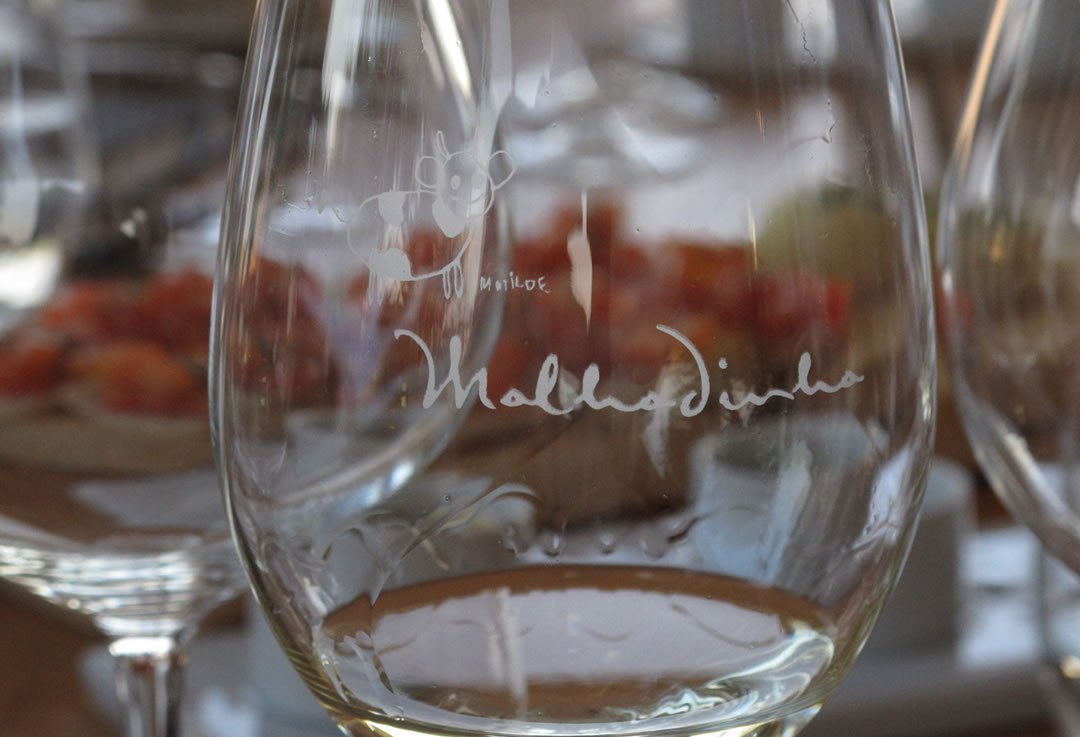
If there’s one aspect of wine which many people view with the same trepidation as a minefield, it’s matching it with food. There’s an impression that it’s an incredibly complicated art that is best left to sommeliers in fine restaurants (or so they’d like you to believe) but with a little knowledge of the basics, anyone can find a great combination.
In fairness, sommeliers do have a fairly difficult job – it’s all very well matching wine to a dish, but they are often requested to suggest one wine for a table which might be eating 4 very different meals! In any case, even the most experienced expert will only occasionally hit that Nirvana of perfect harmonization, and both the wine and the food have to be in just the right mood too!
Actually, food and wine matching doesn’t have to be difficult, not when you stick to some simple rules, and remember that you won’t always get it right.
Top Tips for food and wine matching.
- Simple Wines for Complex Food.
- Complex Wines for Simple Food
The palate is only capable of taking on so many messages at the same time, so let’s not confuse it. Don’t try and match a complex dish to a complex wine, you’re just asking for trouble. Let the food speak for itself and choose a simple wine play to a great support act. Equally if you’ve got a special bottle to drink, opt for simple food which will allow the wine to shine.
- Think Acidity.
Wines with high acidity are often essential when it comes to food matching, whether to cut through a heavy, creamy sauce, or to tackle the recalcitrant tomato. It’s also what keeps sweet wines fresh, and makes them such a heavenly partner for cheese and foie gras.
- Think Local.
It may be a bit clichéd, but in Europe, food and wine have regional, not national identities. As a result, the best match for a regional speciality is often the region’s wine – for example a Valpolicella is great with Bolognese, whereas a southern Italian red such as a Primitivo is better with the spicier food of Calabria.
- Don’t limit yourself with old fashioned prejudices.
Red wine does work with fish – not always, but often spectacularly. Meaty fish like Salmon is great with a soft red, and smoked fish and chilled Pinot Noir is delicious. My favourite food and wine book even suggests Barbaresco with Sea Bass and Fennel (this makes sense actually as mature Barbaresco is medium bodied at best, and has liquorice notes which would compliment the fennel beautifully)
- Forget about the main ingredient.
Unless you’re eating simply grilled meat or fish, then the spices, sauces, accompaniments and other flavourings are as important as the type of meat when it comes to choosing wine. You’d choose a very different wine for a tomato sauce than for a white wine sauce, but both could be served with chicken, fish, pork or veal! Is there a flavour in your dish which is characteristic of a particular wine? (For example, a buttery, creamy sauce immediately suggests a creamy, buttery oaked chardonnay).
- Tannin and blood is a match made in heaven.
If you’re serving your meat rare or medium rare, make sure your wine has plenty of tannin – the chemical reaction between the blood and tannin allows fantastic expression of both, whilst neutralising the drying effect of the tannin on the mouth. If you’re overcooking your meat, you’ll need a softer wine, as the tannins will start to dry out your palate.
- ‘Dessert Wine’ is a misnomer.
Many wines which are so called really don’t go well with pudding – ‘Sweet wine’ is a much better name. The complex, botrytised styles of Sauternes and Tokaji are better suited to cheese, and even the likes of Foie Gras than fruit salad and sticky toffee pudding. Having said that, sweet wines are often the answer for pud, but usually late harvested or fortified wines are your best bet. Chocolate is a nightmare to match, but works well with fortified wines such as Rutherglen Muscat and Pedro Ximenez.
- Red Wine and Cheese? Forget it!
9 times out of ten, you’re better off with a white for your cheese than a red. Sauvignon Blanc’s great with goat’s cheese, Sauternes with blue cheese and Gewurz is good across the boards. For a little intrigue, try an oaked Sauvignon with Manchego!
- You CAN drink wine with curry!
But you may need to be a little adventurous. The old favourites like Merlot, Sauvignon and Chardonnay tend to wilt under the pressure from spicy food, but off-dry German Rieslings, dry Pinot Gris and especially Gewurztraminer work well (the ‘little spicy one’ really comes into its own with a hot curry, you can really taste the spices on the finish!) Australian Verdelho seems particularly inclined towards Thai curries. Red is trickier, but you can head for the spicy Southern Italian reds, and cool climate, peppery Shiraz.
Ten rules is quite a lot, so try sticking to the first four to start with, and finally, remember Rule 11, which is to go with your instinct. Sometimes, one just gets a feeling about which wine will work well, and one’s usually right!






Leave a comment (all fields required)